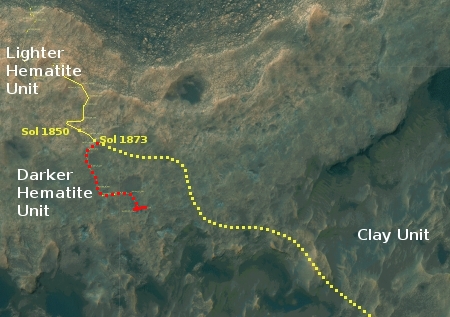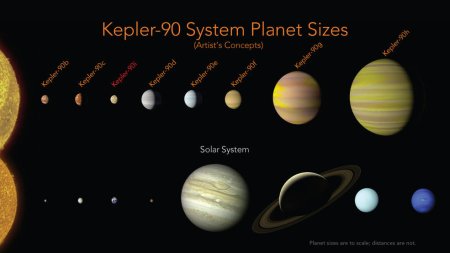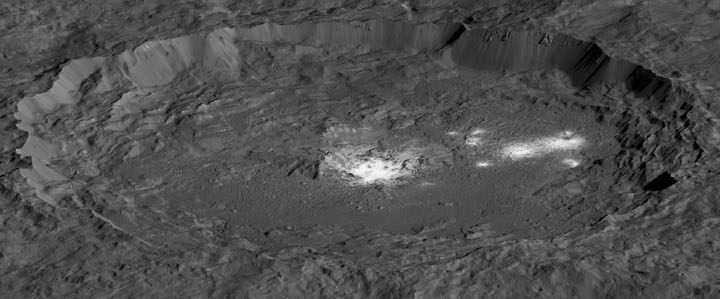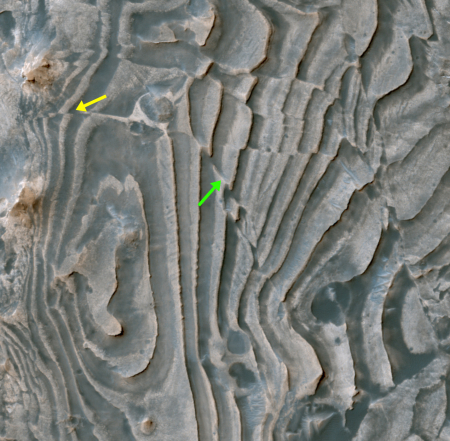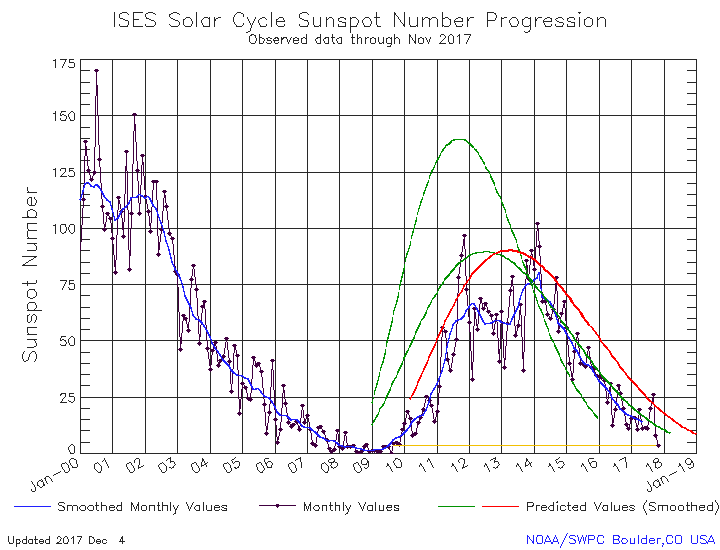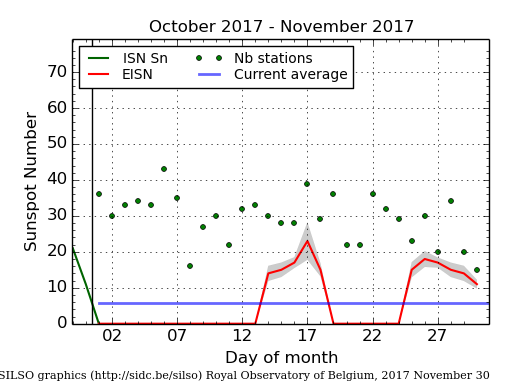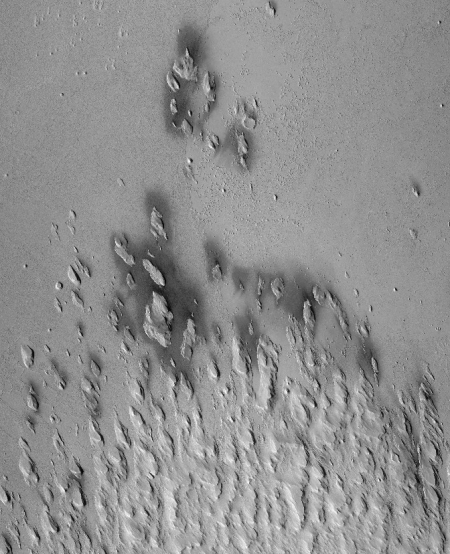Arecibo returns to operation with images of asteroid Phaethon
The Arecibo Observatory in Puerto Rico has resumed science observations after recovering from Hurricane Maria with new radio images of the asteroid Phaethon.
After several months of downtime after Hurricane Maria blew through, the Arecibo Observatory Planetary Radar has returned to normal operation, providing the highest-resolution images to date of near-Earth asteroid 3200 Phaethon during its Dec. 16 flyby of Earth. The radar images, which are subtle at the available resolution, reveal the asteroid is spheroidal in shape and has a large concavity at least several hundred meters in extent near the leading edge, and a conspicuous dark, circular feature near one of the poles. Arecibo’s radar images of Phaethon have resolutions as fine as about 250 feet (75 meters) per pixel.
The images also revealed that Phaethon, which is considered a potentially hazardous near Earth asteroid, is about 3.6 miles across and is about a half mile larger than previously believed.
The Arecibo Observatory in Puerto Rico has resumed science observations after recovering from Hurricane Maria with new radio images of the asteroid Phaethon.
After several months of downtime after Hurricane Maria blew through, the Arecibo Observatory Planetary Radar has returned to normal operation, providing the highest-resolution images to date of near-Earth asteroid 3200 Phaethon during its Dec. 16 flyby of Earth. The radar images, which are subtle at the available resolution, reveal the asteroid is spheroidal in shape and has a large concavity at least several hundred meters in extent near the leading edge, and a conspicuous dark, circular feature near one of the poles. Arecibo’s radar images of Phaethon have resolutions as fine as about 250 feet (75 meters) per pixel.
The images also revealed that Phaethon, which is considered a potentially hazardous near Earth asteroid, is about 3.6 miles across and is about a half mile larger than previously believed.


